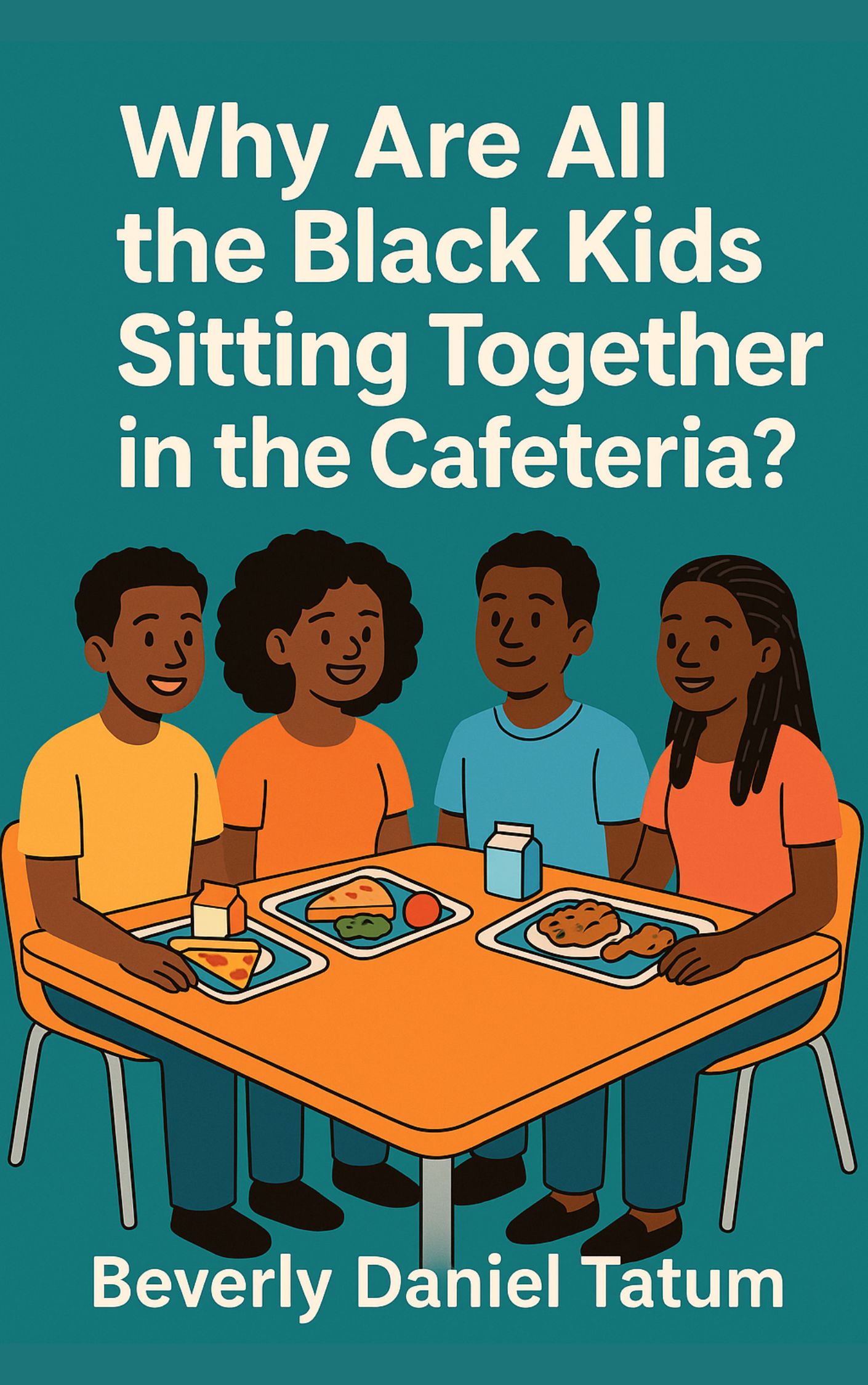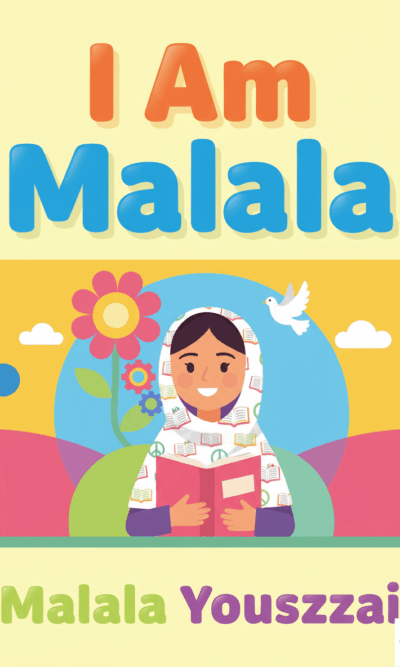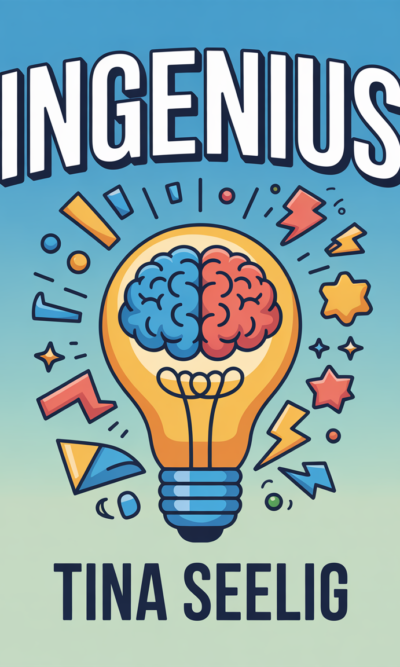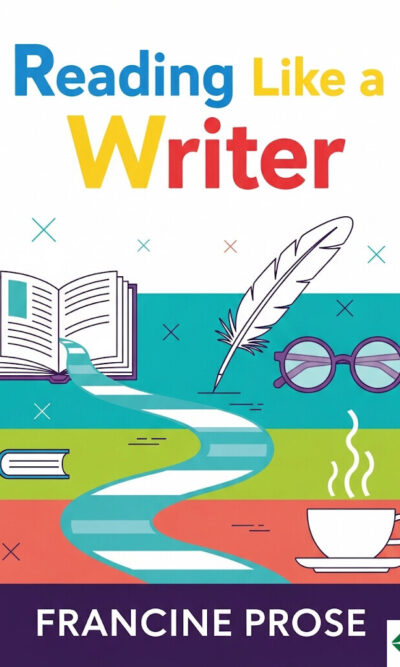Description
In American schools, many people notice a common scene: groups of students sitting together divided by race. Black students with other Black students, white students with white students, and Latinx or Asian students in their own groups. At first glance, it might look like just a social choice, but it points to something much deeper. These patterns show how race still shapes friendships, opportunities, and even the comfort people feel in speaking openly with each other.
The truth is that racism and inequality remain part of American society, even if some people believe otherwise. Some white Americans think racism belongs only to the past, tied to the civil rights struggles of the 1960s. But the evidence tells another story. From income gaps to health differences to housing and education, inequalities continue to shape lives. White Americans often benefit from privileges that they do not even notice, such as being treated with respect in stores or having schools where their children feel safe and included. For many Black families, these basic securities are never guaranteed.
Segregation is another part of the problem. Many assume school segregation ended with the Supreme Court’s Brown v. Board of Education decision in 1954. While laws against segregation were struck down, new patterns of separation have quietly continued. Neighborhoods are divided by race, and this naturally flows into the schools children attend. In fact, research shows that many Black children attend schools where nearly all the students are nonwhite. Housing discrimination still pushes families into certain areas, and schools mirror these divides. This means that people grow up without much real contact across racial lines. And without that contact, they can easily miss or misunderstand the struggles of others.
Culture and media also play a strong role in shaping how people think about race. Even very young children form images of groups they have never met, often based on cartoons, movies, or stereotypes. For example, children may see Native Americans only as “Indians” with feathers and weapons, not as modern people living everyday lives. These early ideas form powerful impressions that follow people into adulthood. The same happens with beauty, intelligence, and success, where old racial stereotypes still influence what people believe is possible. These unconscious messages build prejudice, and even though no one chooses them as children, everyone has the responsibility to question and unlearn them as adults.
Adolescence is a turning point, especially for Black children. Growing up, they often describe themselves by their talents or hobbies. But as teenagers, they begin to see how others treat them because of their skin color. A young Black boy might suddenly notice women crossing the street to avoid him, or a police officer questioning why he owns a nice bicycle. These experiences are painful but also eye-opening. They teach young people that their racial identity shapes how the world sees them. For many, this is when the meaning of being Black becomes a personal reality.
This shift also explains why Black students often sit together in schools. It is not about shutting others out. Instead, it is about finding support and connection. Among peers who share similar experiences, young people can talk freely about the racism they face without being dismissed. Too often, when Black students share their struggles with white friends, the responses minimize or deny their pain. A simple comment like, “I’m sure the teacher didn’t mean it like that,” can make someone feel unheard. Sitting with peers who understand helps build strength and identity in the face of constant stereotypes and bias.
Parents and teachers play an important role in shaping this journey. Positive images of Black culture, history, and role models can help children develop pride and confidence. A child who grows up with dolls, books, or mentors who look like them learns that their identity is valuable. Teachers can also connect students to groups or activities that provide a sense of belonging. A gospel choir, a cultural club, or even informal gatherings can give young people safe spaces to celebrate who they are.
At the same time, it is not only people of color who need to think about racial identity. White people often see themselves as simply “normal” and may never reflect on the privileges that come with their race. This invisibility of whiteness keeps inequality in place. To move forward, white people must recognize that being white is also a racial identity, and it carries advantages that others do not share. Accepting this fact does not mean living in guilt; it means choosing to use that awareness to support change. White people who join anti-racist groups or open conversations with honesty can begin to shift the culture of silence that surrounds these issues.
Silence is one of the biggest barriers to progress. Many white people are afraid to talk about race because they fear making mistakes, being judged, or losing comfort. But silence only keeps the problem alive. Honest dialogue, even when awkward or difficult, is necessary for growth. Talking about race means listening carefully, validating experiences, and resisting the urge to dismiss or defend. It also means taking action in daily life, whether that’s calling out racist jokes, pushing for fairer hiring practices, or simply choosing to stand in solidarity with those who face discrimination.
The book makes it clear that racism is not a problem that one person can solve alone. It is a collective issue that requires both courage and persistence. Small actions matter, and when many people take them, they add up to real change. Building connections across racial lines, questioning stereotypes, and having the bravery to talk about hard truths are all steps forward.
Ultimately, the message is hopeful. Even though the history of racism runs deep and its effects remain strong, there are ways to break patterns of separation. By helping children see their identity in a positive light, by encouraging white people to recognize their role in the system, and by fostering open conversations, society can move closer to justice.
In the end, the image of students sitting in separate groups at the cafeteria is not just about lunch tables. It is a reflection of how race continues to shape relationships in America. Understanding why it happens is the first step. Choosing to bridge those divides—through empathy, awareness, and honest dialogue—is the path toward a more equal future.





